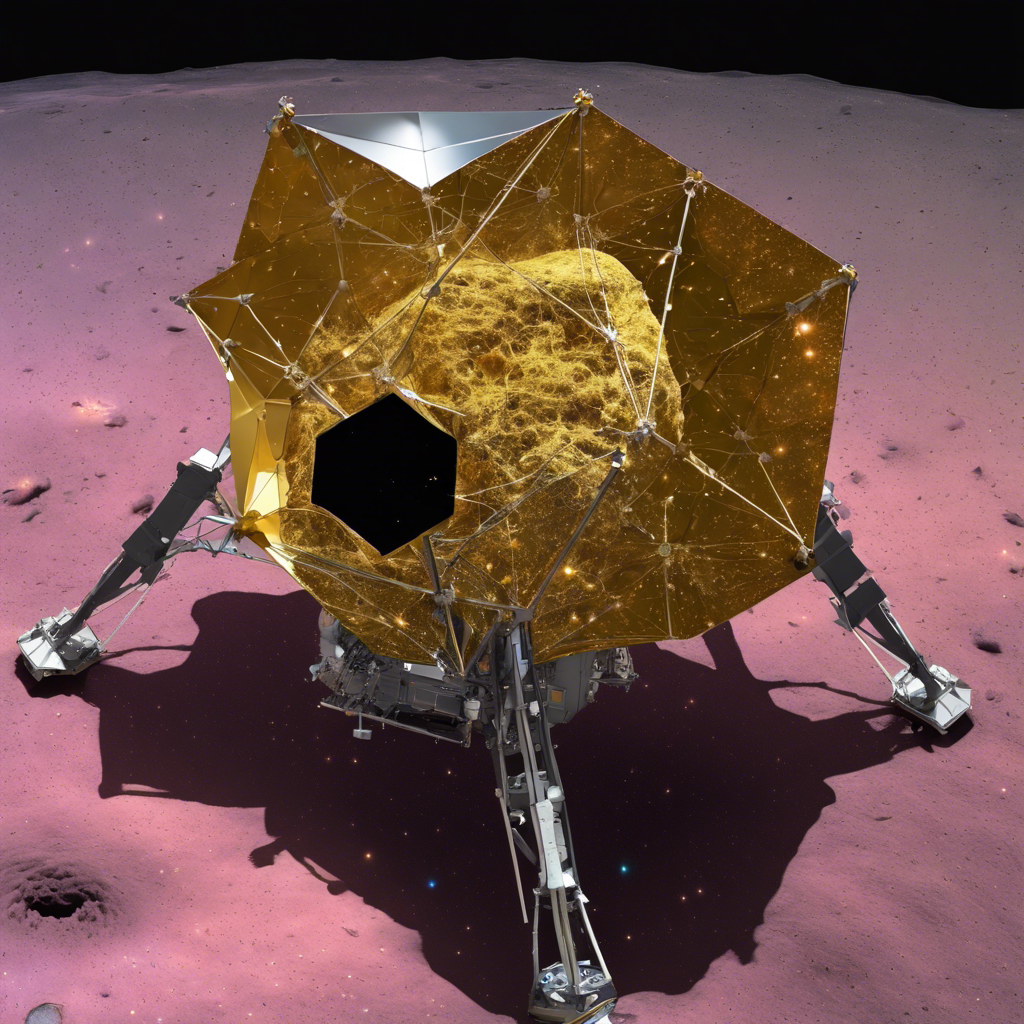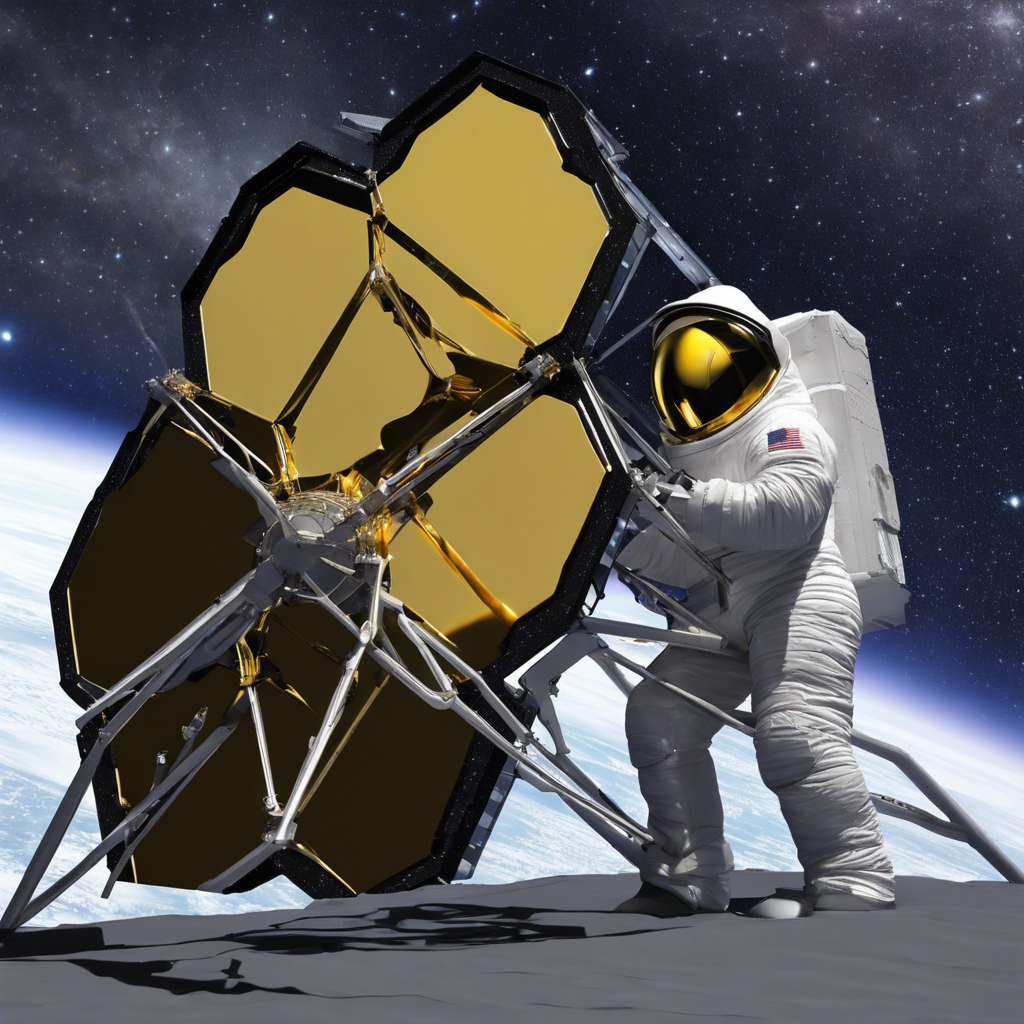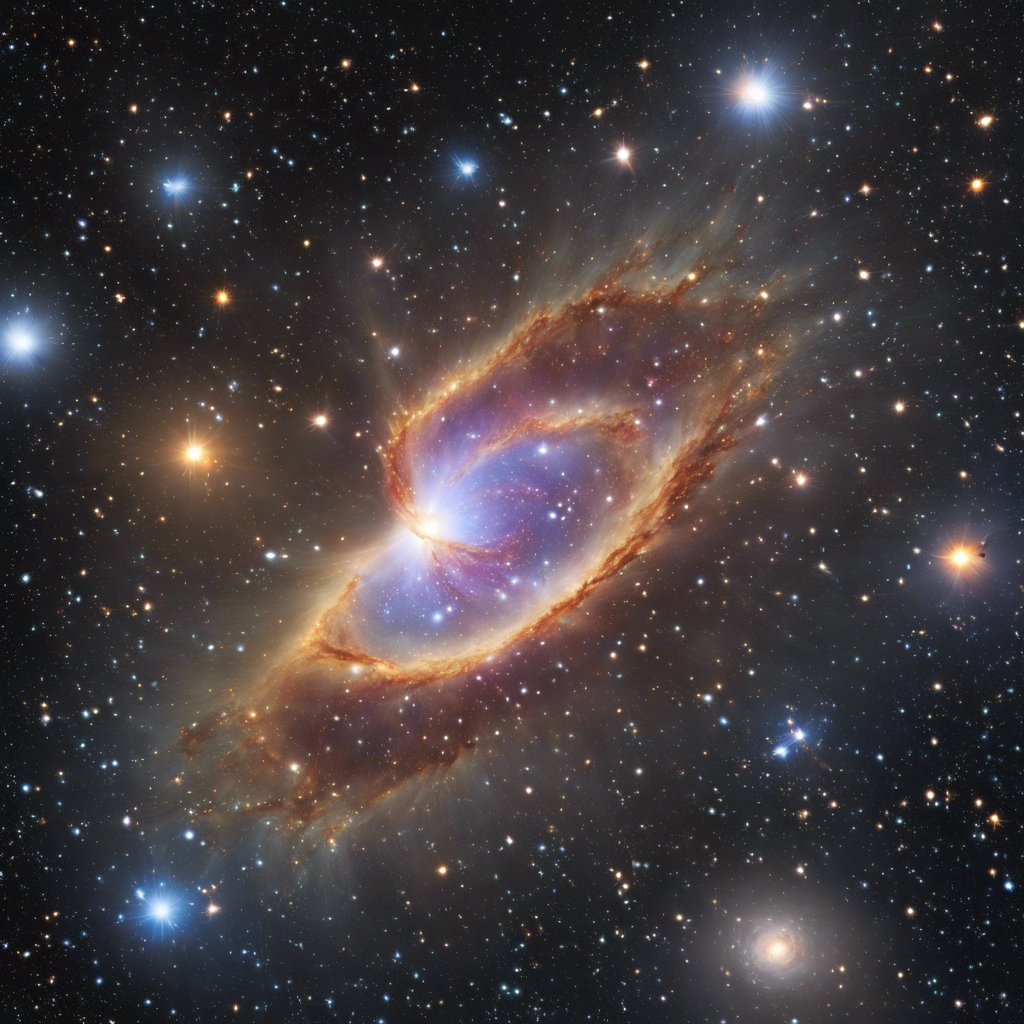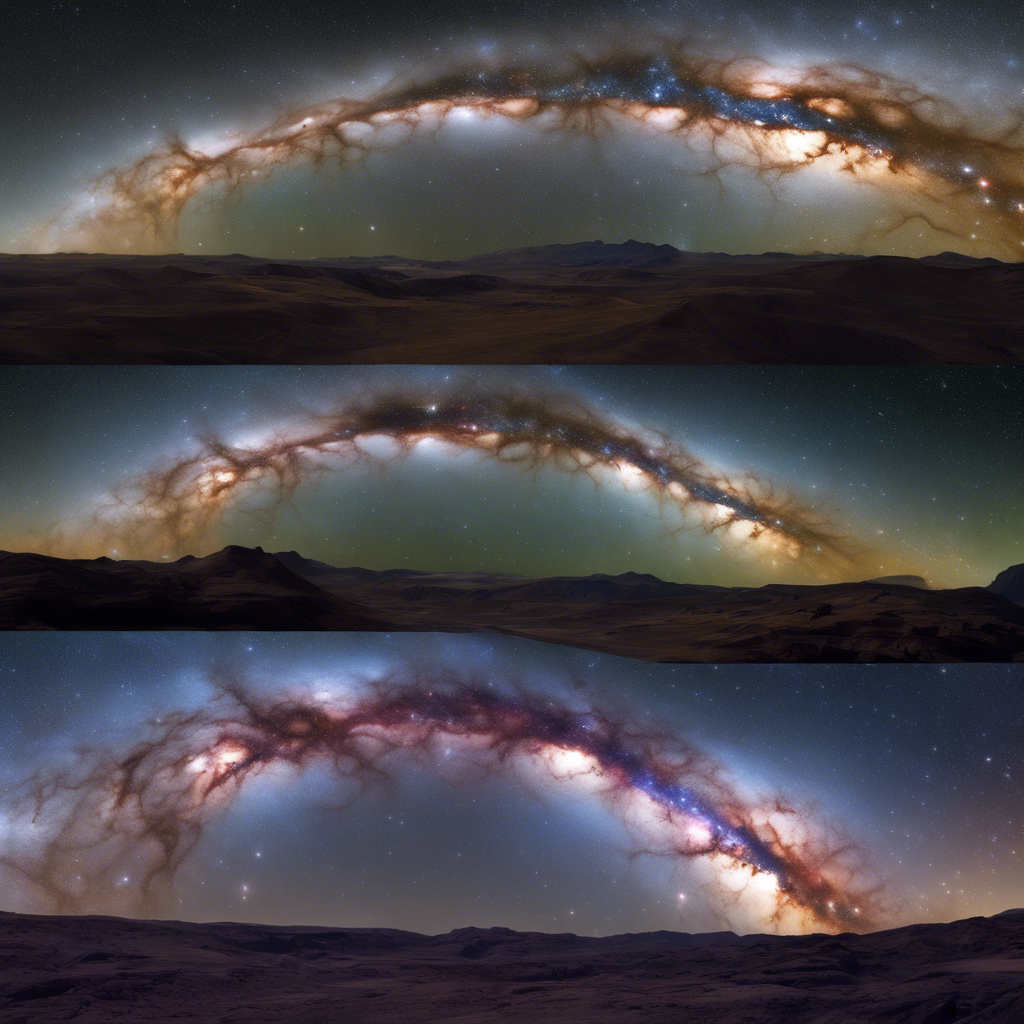The Webb telescope provides a closer look at the mesmerizing Herbig-Haro object and its twin outflows.
The NASA/ESA/CSA James Webb Space Telescope has recently unveiled a captivating image of the Herbig-Haro object 797 (HH 797), shedding light on the intricate beauty and dynamics of these celestial phenomena. Located in the northern constellation of Perseus, HH 797 is a small bright patch of nebulosity associated with a protostar. This image, captured by the Near-InfraRed Camera (NIRCam) onboard Webb, reveals the object’s twin outflows and offers valuable insights into the formation and evolution of stars.
Unveiling the Enigmatic Herbig-Haro Objects
Herbig-Haro objects have intrigued astronomers since their discovery in the 19th century by Sherburne Wesley Burnham. However, it wasn’t until the 1940s that these objects were recognized as a distinct type of emission nebula. Named after George Herbig and Guillermo Haro, who extensively studied them, Herbig-Haro objects are formed when the hot gas ejected by a newborn star collides with the surrounding gas and dust at staggering speeds, generating bright shock waves. Despite their ephemeral nature, lasting only a few tens of thousands of years, these objects provide crucial insights into the early stages of star formation.
A Glimpse into HH 797 and Its Surroundings
The image captured by the Webb telescope showcases HH 797, which dominates the lower half of the image. Situated near the young open star cluster IC 348, HH 797 is in close proximity to the Perseus dark cloud complex’s eastern edge. The upper portion of the image reveals bright infrared objects believed to host two additional protostars. The Webb astronomers explain that infrared imaging is particularly effective in studying newborn stars and their outflows, as it allows observation through the obscuring gas and dust surrounding these young stars.
The Power of Infrared Imaging
Webb’s sensitive infrared instruments enable astronomers to explore the structure and characteristics of Herbig-Haro objects. The infrared emission from the outflows of newborn stars penetrates the obscuring gas and dust, making these objects ideal candidates for observation. The Near-InfraRed Camera (NIRCam) onboard Webb excels at capturing the infrared light emitted by molecules excited by the turbulent conditions, such as molecular hydrogen and carbon monoxide. These observations help visualize the structure of the outflows, providing valuable insights into the underlying physical processes.
Unraveling the Complexity of HH 797
Previous studies of HH 797 revealed a gradient in the outflow’s velocity, with red-shifted gas predominantly found to the south and blue-shifted gas to the north. Astronomers initially attributed this gradient to the outflow’s rotation. However, the higher resolution image captured by the Webb telescope unveils a surprising revelation. Instead of one outflow, HH 797 is composed of two almost parallel outflows, each with its own series of shocks. This discovery explains the velocity asymmetries observed in the gas and reveals that the source in the small dark region is not a single star but a double star, with each producing its own dramatic outflow.
Illuminating the Universe’s Secrets
The Webb telescope’s image of HH 797 not only showcases its mesmerizing beauty but also provides astronomers with a deeper understanding of the complex processes involved in star formation. By studying the twin outflows and the shock waves they generate, scientists can unravel the mysteries of how stars are born and evolve. The Webb telescope’s ability to capture detailed images and collect infrared light from these celestial objects opens new avenues for exploration and promises to expand our knowledge of the universe.
Conclusion: The James Webb Space Telescope’s recent image of the Herbig-Haro object 797 offers a captivating glimpse into the intricate world of star formation. With its twin outflows and shocking beauty, HH 797 provides astronomers with valuable insights into the early stages of stellar evolution. The Webb telescope’s infrared capabilities enable scientists to study these objects in unprecedented detail, shedding light on the processes that shape our universe. As we continue to explore the cosmos, the discoveries made by the Webb telescope will undoubtedly propel our understanding of the cosmos to new heights.











